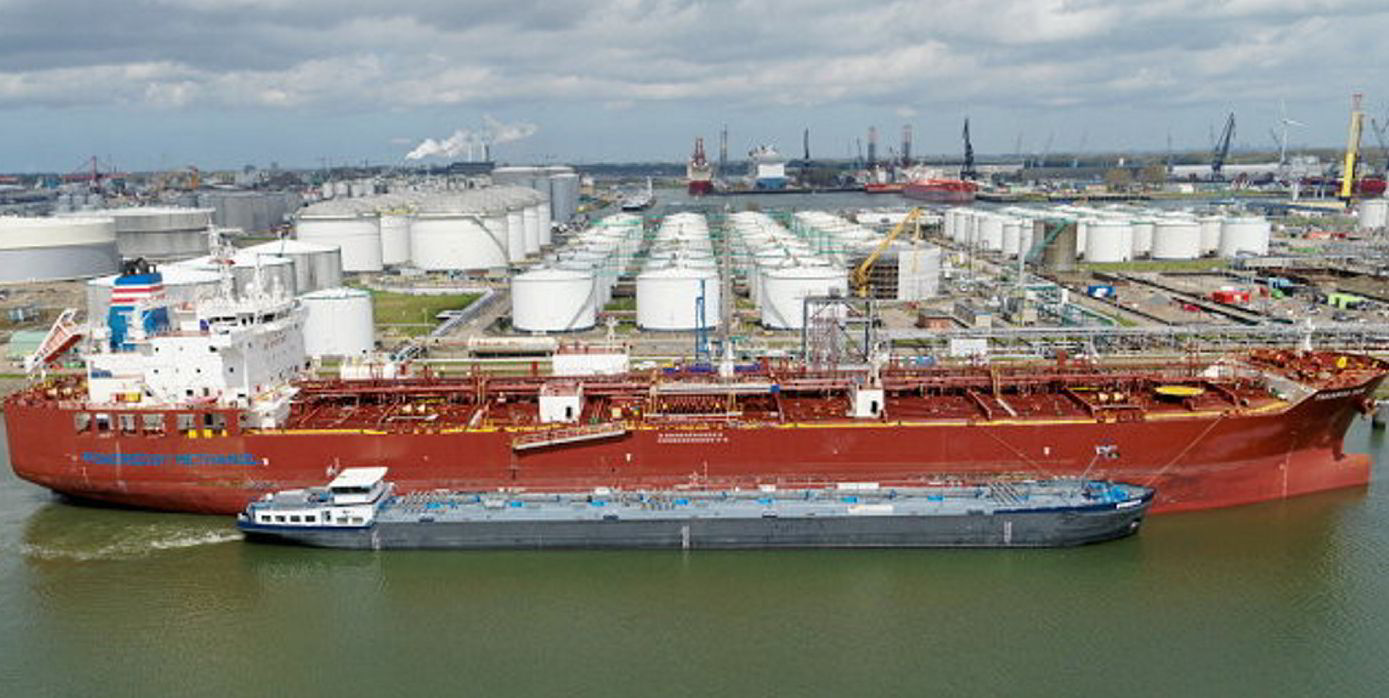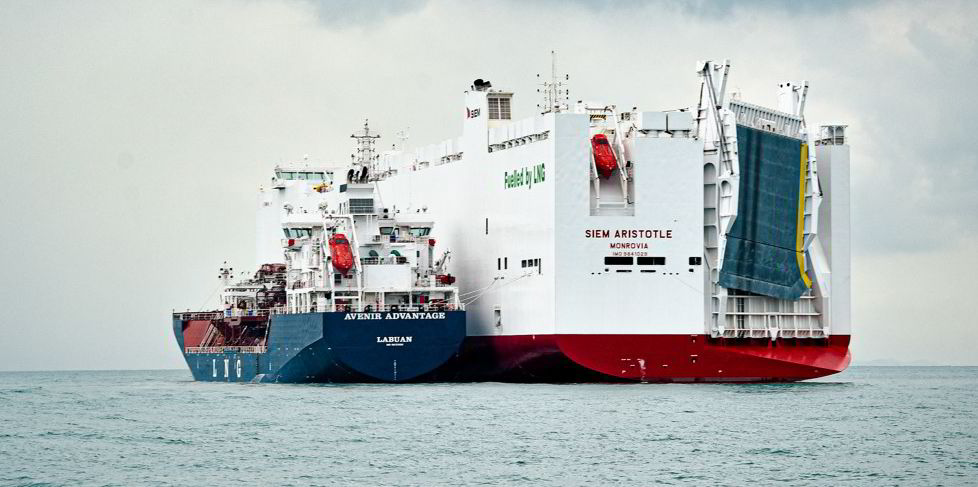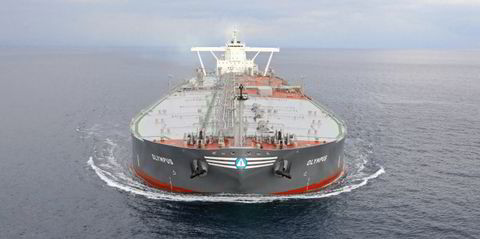Shipowners and operators are moving to run their dual-fuel tonnage on fuel oil instead of LNG amid a gas price shock.
The moves come as LNG prices have rocked to triple that of the fuel's alternative choices.
Bunker suppliers said big name tanker players that have been among the first movers on LNG-fuelled vessels are now running that tonnage on fuel oil.
One shipowner said the price of LNG bunkers in Rotterdam is now around $1,400 per tonne. This compares to fuel oil at $500 per tonne.
"LNG is about three times the price of fuel oil on the basis of TTF," he said, referring to key European LNG price marker Dutch Title Transfer Facility.
Suppliers said the current price of LNG is more than twice as expensive as you would expect to be in a harsh winter. "We've been breaking record after record," one said.
Wholesale gas prices have rocketed on back of a cocktail of factors, including high demand. Inventories in Europe are particularly low as supplies were drawn east over last winter, as economies recover from the pandemic and as volumes from Russia decline.
Shipowners said it is "very difficult" for LNG sellers battling high prices at present.
One said suppliers are proving nervous about selling at anything other than TTF or gas-linked pricing which makes the product expensive for owners.
"At the moment LNG doesn't compete against conventional fuel," he said.
"It is making it very hard to sell the concept of LNG fuelling. Customers are saying gas is ridiculously priced why should I do that right now?"
Contract clauses
But switching decisions will be linked to individual contracts.
Suppliers said shipowners with oil price linked LNG supply contracts will be paying more normal prices and just hoping their seller is secure and is well hedged against the current hikes.
Those with gas or TTF-indexed contracts, however, will be looking to see if they have an obligation to take supplies, one seller said.
At the far end of the spectrum owners of mono-fuelled vessels which can only run on LNG could be facing difficult choices if they have gas-linked deals.

LNG bunker suppliers described it as "a difficult time" with shipowners and operators switching off from buying spot LNG volumes.
One told TradeWinds that even if shipowners do not have contractual clauses in their bunker supply contract that allow them to press pause on purchases, it might not be a smart move to insist on supplying them.
"If shipowners really start complaining about LNG being pushed to them, how beneficial is that to market developments in the long run?" he asked.
Allowing shipowners the opportunity to run on cheaper fuels cements the idea that having a dual fuel option is a hedge between two very different products, he said.
"This optionality could also work the other way around so having the option to run on both fuels is a very sensible thing to do as a shipowner in terms of risk management," the supplier said.
Passing on costs
One shipowner said that no-one will buy LNG bunkers at present unless they can guarantee on passing the additional cost through to their end-users.
He said that while this may work for containership operators with customers like Amazon and Ikea that are concerned about their green credentials, it was less easy for tanker owners.
- 715 LNG-fuelled ships
- 270 vessels in operation
- 445 on order, including 128 container ships, 60 crude oil carriers, 52 bulkers, 36 oil and chemical carriers, 60 car carriers, 25 cruise ships, 20 tugs, 10 ropaxes and five offshore supply vessels.
- 213 LNG-ready ships
"Unfortunately for oil traders they are not prepared to pay a premium to have their cargo shipped on a reduced emissions footprint vessel," he said.
Sellers and buyers are anticipating that the LNG price hike will be relatively short-lived.
"The expectation is that this is a temporary phenomenon," one seller said, pointing to forward price curves which show prices normalising again at the start of the second quarter of 2022.
Looking further out one shipowner identifies the low US LNG prices as a potential bright spot for companies with LNG dual-fuelled tonnage, providing they can work through the cost of reliquefaction and bunkering infrastructure.
This year the number of LNG dual-fuelled newbuildings are soared with owners of larger deepsea tanker, bulker and car carrier tonnage opting for the fuelling option as they seek ways to cut their carbon emissions.







